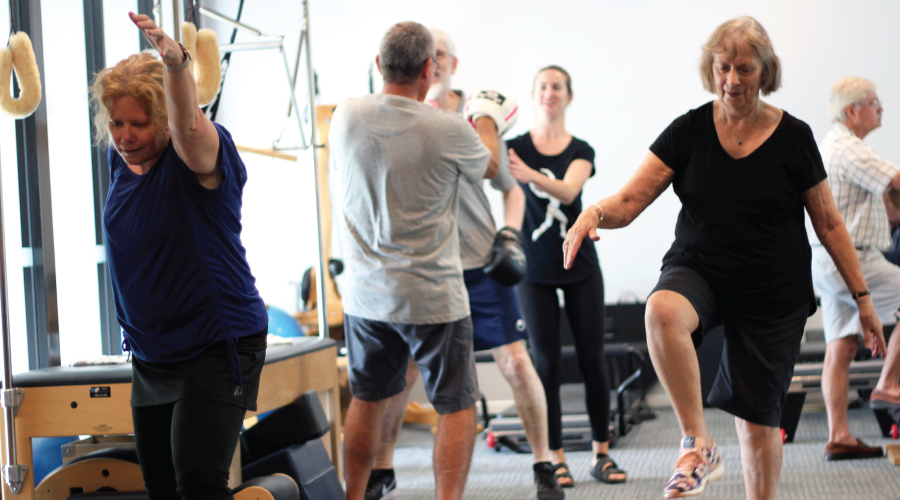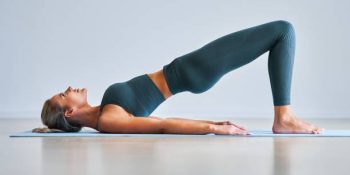
Parkinson’s Disease – Is Exercise Important?
October 25, 2019
Parkinson’s disease is a progressive, degenerative neurological condition that affects the control of body movements. It happens when the neurons that normally produce dopamine in the brain gradually die. The death of these cells leads to abnormally low levels of dopamine, a chemical which helps relay messages between areas of the brain that control body movement. Low levels of dopamine results in difficulty controlling muscle tension and movement during both rest and activity.
Currently in Australia 40,000 people are affected by Parkinson’s Disease. One to two people per 1000 are estimated to be diagnosed, and it is slightly more common in men than women.
Why is exercise important for those living with Parkinson’s Disease?
Well, not only is it important for general health and well-being but it can ease motor (tremors, rigidity, slowness in movement) and non-motor symptoms (constipation, sleep disturbance) No matter your age, fitness level or stage of Parkinson’s, there is something you can do to get and stay active.
What sort of exercise is the best exercise?
The best exercise for those with Parkinson’s is one that is safe, enjoyable and pushes you! Some people enjoy walking, others enjoy cycling, dancing, boxing. Options are endless and mixing up your routine is a good way to keep things interesting and challenging. Not sure where to start? Ask an Accredited Exercise Physiologist, they can assess you and recommend what may be best suited to your needs.
Are there exercises that are helpful for motor symptoms?
There are a number of exercises that may help specific motor symptoms of Parkinson’s, it’s important to note that everyone experiences these symptoms differently and may react differently to these exercises.
- For balance, consider tai chi or yoga
- To improve coordination and agility, look into dancing or boxing
- For significant balance problems or limited mobility, seated aerobic exercises can give a challenging workout that raise the heart rate
- To target freezing of gait (sudden, temporary inability to move) or falls, you can find a Parkinson’s-specific physical therapy program that emphasizes bigger movements with walking and activities and can help with fall prevention strategies.
- For dystonia, muscle cramping that often affects the calves, feet or toes, try lower impact exercises (water aerobics or walking, for example) that don’t bring on symptoms. Stretching overactive muscles and strengthening the opposing muscles also may help.
Are there exercises that are helpful for non-motor symptoms?
You can tailor exercise programs to also work on memory or problem solving. You can do math problems or name as many items as you can think of in a category (such as animals or automobiles) in one minute.
It sounds counterintuitive as exercise makes us tired, it can also help manage fatigue levels which is a common symptom of Parkinson’s.
Other News
Why Runners should do Pilates
Why runners should do Pilates? Simple, it will make you a better run...
June 23, 2023
Managing POTS through exercise
Struggling with exercise since being diagnosed with POTS? This one’s for ...
April 24, 2023
Exercise in Stroke Rehabilitation!
Strokes occur when blood supply to your brain is stopped. This can be tempo...
March 10, 2023







